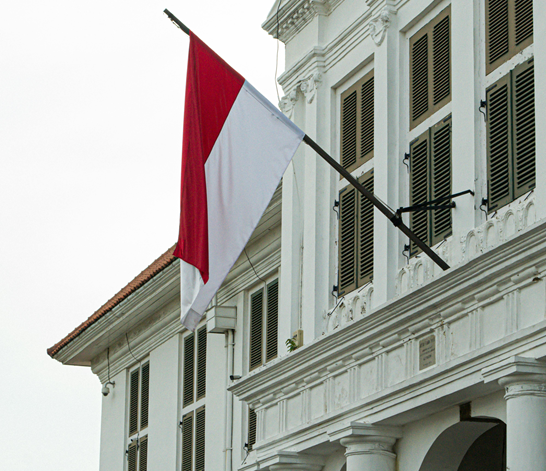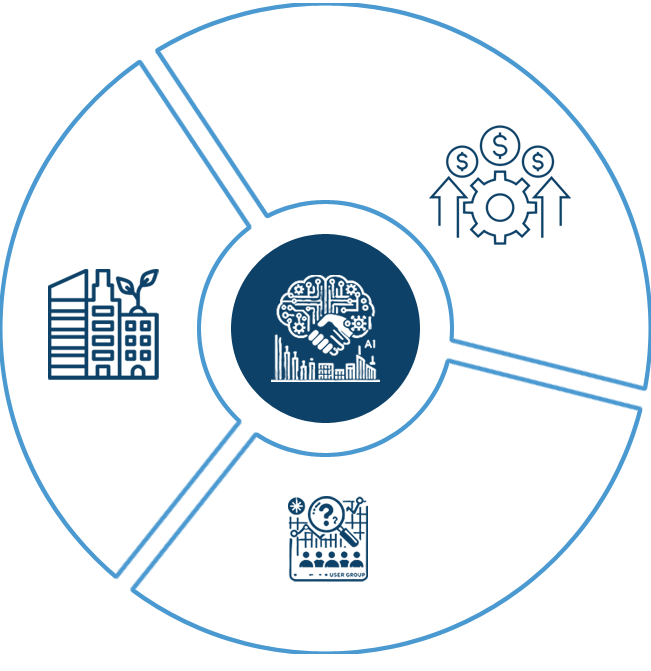Client Overview
Industry Type : Public Sector, focusing on governance, regional administration, and policy implementation.
Geography Size:The region is home to over 3 million residents, with a diverse population that includes both urban and rural communities. The region is an important cultural and educational hub, with a thriving tourism industry, a strong education sector, and a robust agricultural presence.
A provincial government responsible for managing and overseeing the administrative, social, and economic development of a specific region in Indonesia. The government aims to improve the lives of its residents by implementing policies that foster sustainable development, regional infrastructure, and public welfare.

Challenges
The provincial government was facing several challenges, including:

Data Fragmentation
Various departments had siloed data, making it difficult to create a unified view of the region's needs and ongoing development.

Limited Predictive Insights
The lack of real-time analytics and predictive capabilities hindered the government’s ability to forecast trends, plan effectively, and make data-driven decisions for future development.

Resource Allocation
With limited resources, the government struggled to prioritize projects and allocate funds efficiently to maximize impact.

Public Service Optimization
The government needed to improve its approach to delivering public services and managing infrastructure projects, particularly in urban development, transportation, and healthcare, to meet the growing demands of the population.


